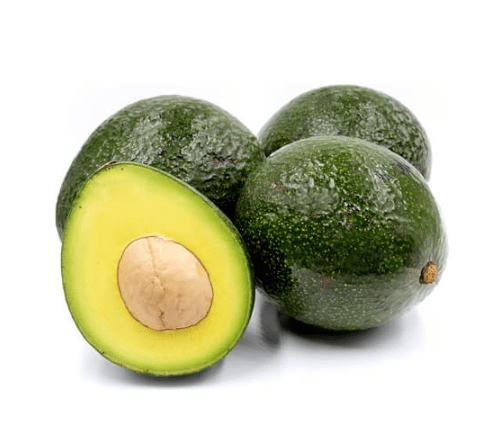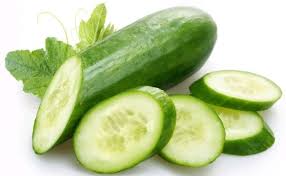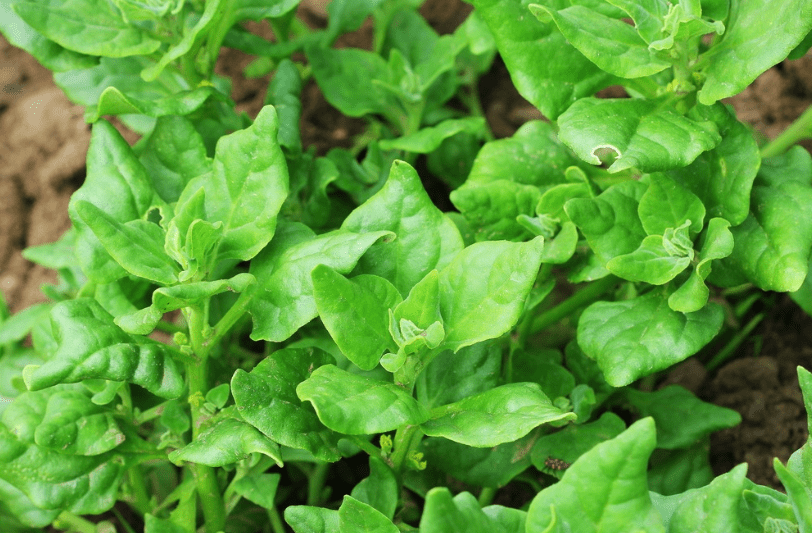I’m delighted to present to you the white sweet potato. Over the past two years, three people have reached out to me, concerned that they’d bought “spoiled sweet potatoes.”
According to them, they purchased what looked like regular sweet potatoes—orange-skinned and beautifully oval-shaped—but when they peeled or cut them open, instead of the familiar orange flesh, they found bright white inside.
So, let’s clear this up: these sweet potatoes aren’t spoiled at all! They’re simply a variety that hasn’t been common in Israel until now. The fact that you can now find them here, especially in organic local farms, is actually great news.
The idea that sweet potatoes come in different varieties shouldn’t surprise us. We’ve previously discussed the purple sweet potato, which feels much more unusual than the white one. However, the purple variety is hard to confuse with regular sweet potatoes—it’s narrower, longer, and purple inside and out, so you know to expect something different right from the start.

The white sweet potato, on the other hand, is more deceptive. From the outside, it looks almost identical to the familiar orange variety, but the pale flesh inside can catch you off guard. It’s also worth mentioning that another variety has recently appeared in Israel, the ‘Japanese sweet potato,’ which has purple skin and white flesh. I might dedicate a newsletter to that one at some point, but for now, let’s focus on the white sweet potato.
Okay, so we know it’s white on the inside instead of orange. What’s the big deal?
Well, it’s not just an aesthetic difference. When it comes to fruits and vegetables, the color is never just a color. The fact that we call them "sweet potatoes" hints that they are relatives. But it's important to note that, despite both are called potatoes and both originated in the Americas, sweet potatoes and potatoes are unrelated.
While the potato is a tuber that originates from the stem, the sweet potato is a thickened root. One of the key characteristics of a classic sweet potato (and in Israel, we mostly see the Georgia Jet variety) is its predominant sweetness. This can feel quite dominant, perhaps even overwhelming, compared to other root vegetables we’re used to.
What I’m trying to say is that sweet potatoes, as a root vegetable, can be an acquired taste. Some people aren’t big fans of its intense sweetness, which is a shame because, compared to regular potatoes, sweet potatoes are considered healthier and more nutritious. And varied nutrition is always good!

In the case of the American white sweet potato, which is the variety that’s been acclimated and grown locally, its sugar content is significantly lower than that of the familiar orange variety—only about a third of the sugar! This makes it less sweet, which is great for those who want to enjoy all the benefits of sweet potatoes (antioxidants and minerals) without the intense sweetness. Naturally, its lower glycemic index also makes it more diet friendly.
White sweet potatoes are also drier, making them more suitable for frying, as they absorb less oil. If you’re looking for an advantage of the traditional orange sweet potato, it’s worth noting that its orange color comes from beta-carotene, an important antioxidant and source of vitamin A. White sweet potatoes contain less beta-carotene, which is a bit of a drawback.
That being said, white sweet potatoes are still an excellent addition to our kitchen's root vegetable arsenal. And with fall upon us, there’s nothing quite like a warm bowl of mashed white sweet potatoes to welcome the season.








